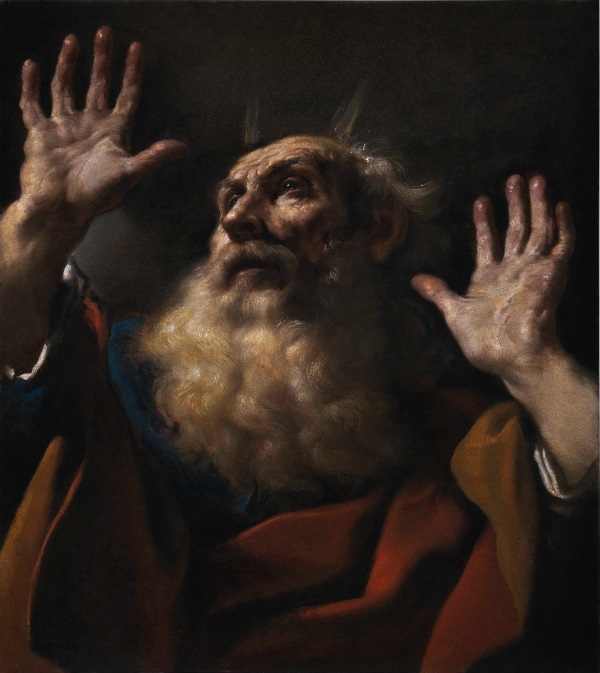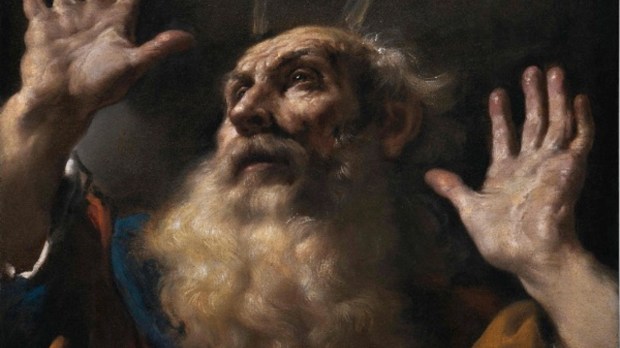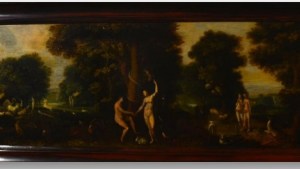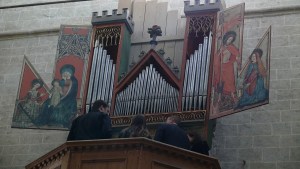Lenten Campaign 2025
This content is free of charge, as are all our articles.
Support us with a donation that is tax-deductible and enable us to continue to reach millions of readers.
For years, a moving depiction of Moses, looking up to heaven with his palms open, was attributed to an anonymous Baroque painter, deemed by art historians as a follower of Bologna-based Italian painter Guido Reni. In 2022, the painting was put up for auction in Paris for 5,000 euros and acquired by fine art firm Moretti.
After months of careful examination, however, experts at Moretti announced that the work was actually completed by Baroque master Guercino, who became the most important painter in Bologna following the death of Reni and is considered a leading figure of Italian Baroque painting due to his use of color and moving depictions of human emotion.
As explained by Moretti Fine Art in a press release, this painting is a “masterpiece” displaying iconic features of early Guercino, such as fluid brushstrokes and dramatic colors:
“We never questioned the attribution,” Moretti told Artnet News in an interview published last year. “From 100 meters you can tell this is an early Guercino, which is the best moment in the artist’s career. Our eyes are our knowledge.”
The painting is believed to have been produced between 1618 and 1619, when the young painter was in great demand in Bologna and surroundings, where he was tasked to produce altarpieces for churches and easel paintings for private clients.

Experts at Moretti Fine Art were able to attribute the painting by noticing similarities between “Moses” and another work by Guercino, “King David,” currently preserved at the Museé des Beaux Arts in Rouen, France. Guercino’s “David” (1617-1618) shares the same cropped bust length format as Moses.
Furthermore, the model used for Guercino to depict Moses was probably the same used in another biblical painting, that of “Elijah Fed by Ravens” (1620), preserved at the National Gallery in London. Researchers found records of “Moses,” which seems to portray Moses in the moment where he connects with God, having been part of the collection of Cardinal Alessandro D’Este (1568-1624) in Rome.
“The discovery of this work constitutes one of the most important additions to Guercino’s ouvre in recent years,” Fabrizio Moretti of Moretti Fine Arts explained in a statement, “and adds to our understanding of his early maturity, a period considered by many to be his greatest for the dynamism, vigor and spontaneity demonstrated in his paintings.”
This year, the painting was acquired by the Rothschild Foundation, a charity supporting arts and heritage of the English historic house Waddesdon Manor, on behalf of the UK’s heritage foundation National Trust. Waddesdon Manor, located in Aylesbury, Buckinghamshire, UK, will display the recently attributed Guercino along with other works by the Baroque masters such as “King David” in an exhibition titled “Guercino at Waddesdon: King David and the Wise Women” that will be open to the public between March 20 and October 27.



